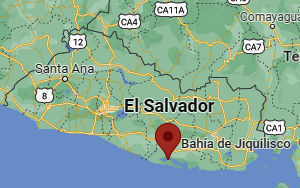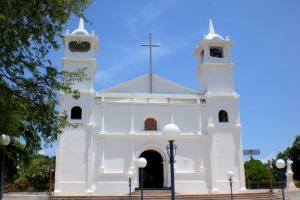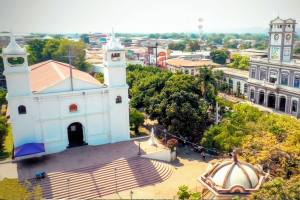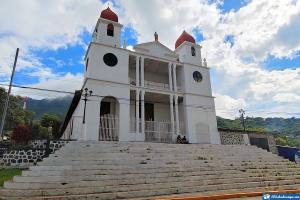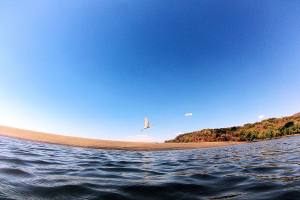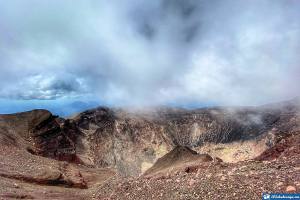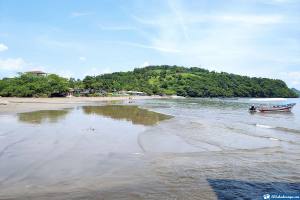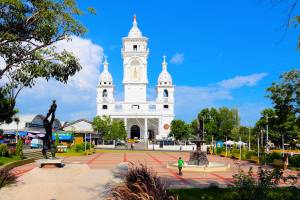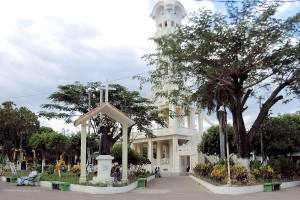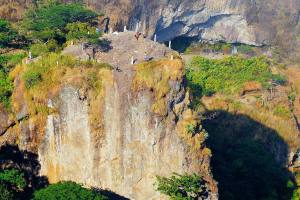Jiquilisco Bay is a natural park where you can enjoy a rich landscape, fabulous and full of life. Here you can see a great diversity of marine species, most of which are the most important in El Salvador.
Sightseeing in the municipality of Usulután involves visiting this bay, the estuaries, the San Juan de Gozo Peninsula, and more. With 27 islands, between inhabited and virgin, its natural wealth has no comparison.
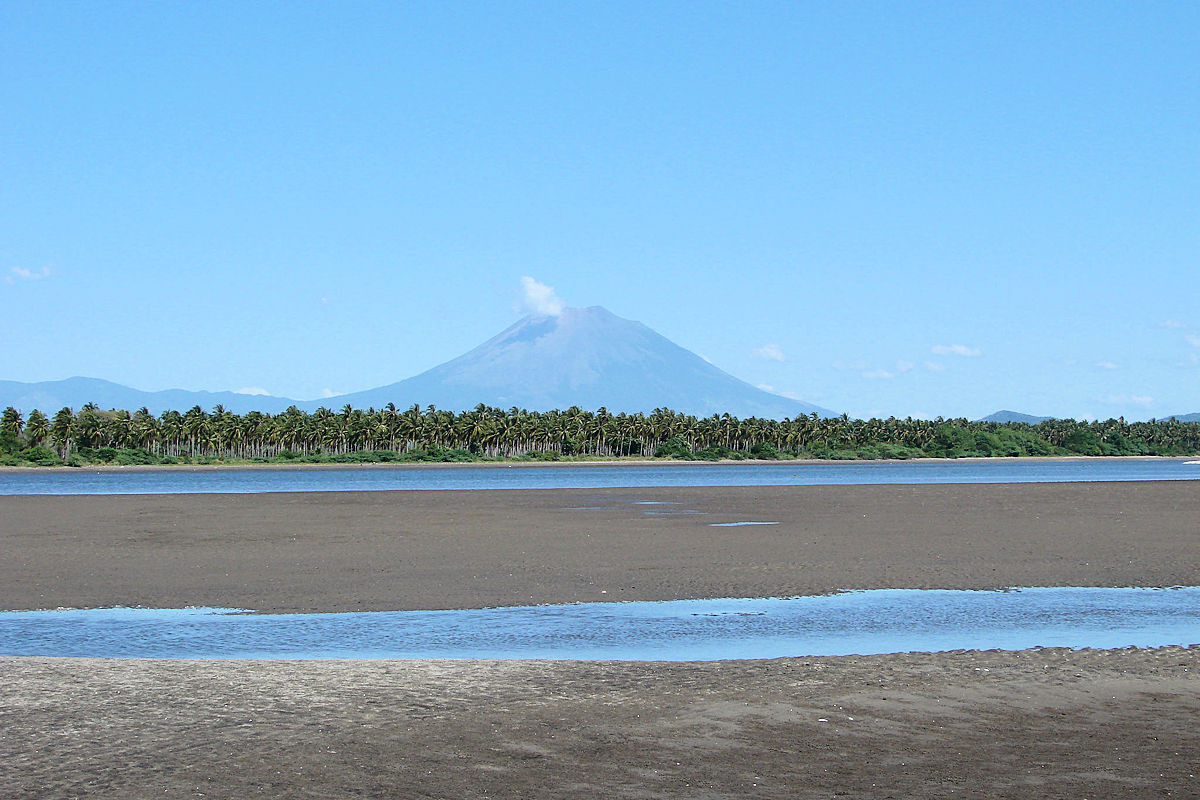
BAHÍA DE JIQUILISCO - Parques Naturales de El Salvador. Foto por Diego Brito. Flickr.
Included in the Ramsar Convention and Biosphere Reserves group since 2005. That is why it is not only a natural park but it is also called Xirihualtique Biosphere Reserve.
Due to its biological characteristics, it is where the essential turtles in the world nest yearly. So if you want to know a new and diverse world, Jiquilisco Bay is your best option. Not to mention the number of activities you can do during your stay.
Jiquilisco Bay Data
| Country: | El Salvador |
|---|---|
| Department: | Usulután |
| Category: | Natural Parks |
| Surface: | 4km² |
| Advice: | Ideal for flora and fauna lovers. |
| Fundation: | 25 |
Activities we can do in Jiquilisco Bay
If you like adventure, in Jiquilisco Bay, you can go kayaking, windsurfing, and snorkeling. In addition to boat rides, fishing, and sailing between the islands. Now, if you prefer to do a little ecotourism and enjoy the diversity of the place, you can go to one of its protected areas and photograph exotic birds of all kinds.
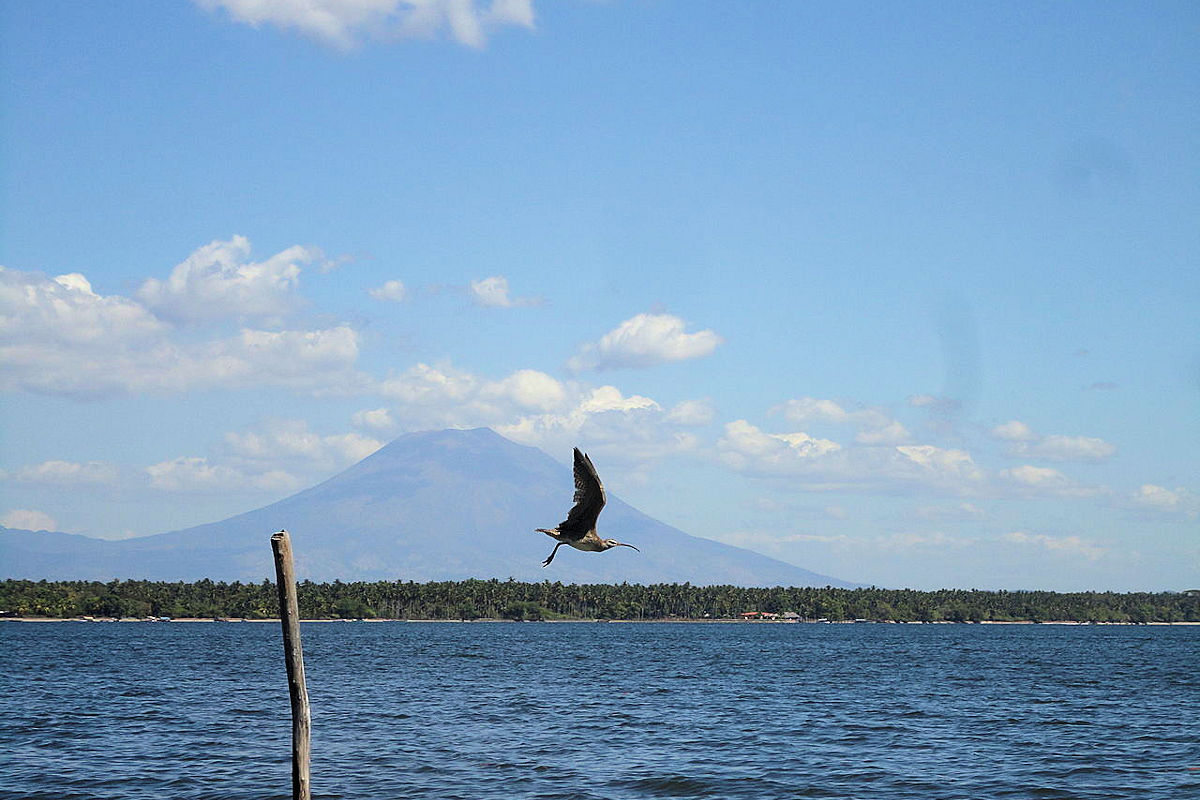
Prices and schedules
The entrance to Jiquilisco Bay has no cost; however, you should ask at the port for any transfer service or boat ride you wish to do. Either in Puerto El Triunfo or Puerto Parada.
On the other hand, if you travel by private car, the bay has a parking lot with personal security. This is open from 5 am to 10 pm and costs $1.00 per vehicle.
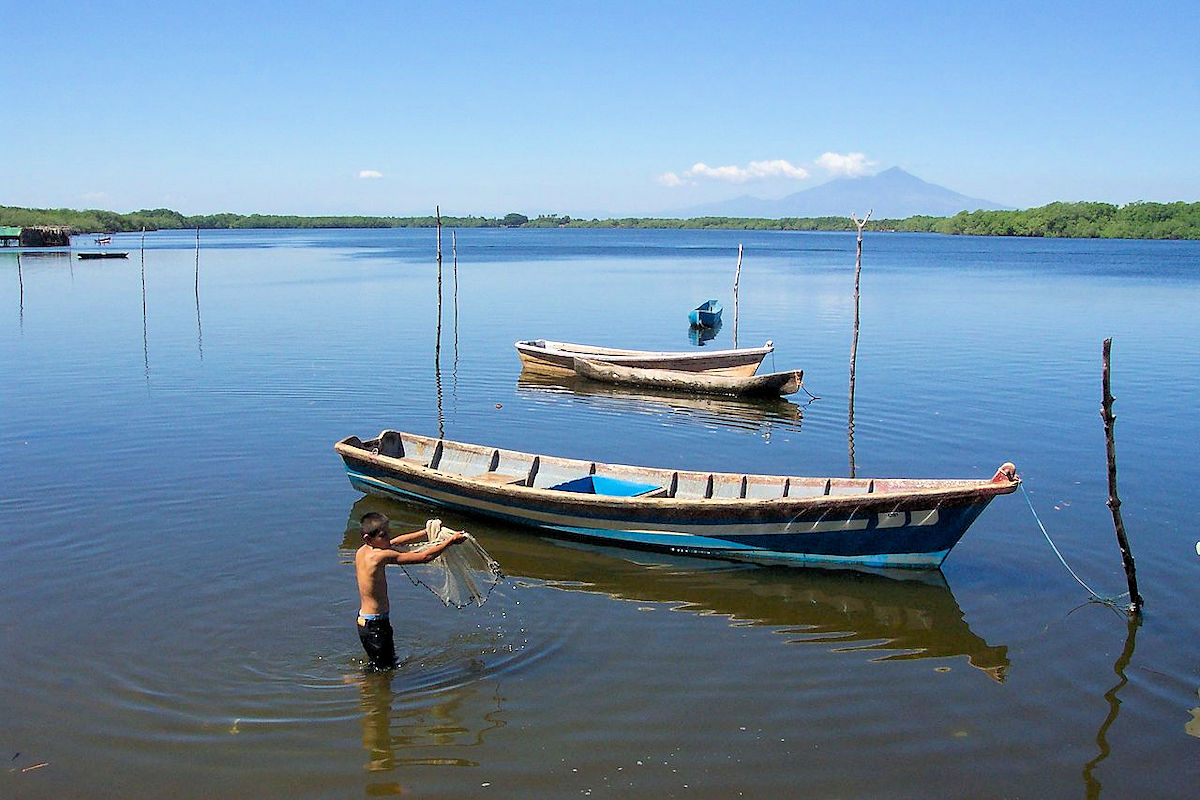
However, if you want to do ecotourism in the area, the recommended place is the Chahuantique Ecological Park and the shrimp and tilapia breeding ponds. The price for a full-day stay at the facilities is:
- $3.00 per person.
- $7.00 approximately for groups of 15 people.
- Entrance from 8 am.
Origin and history of Jiquilisco Bay
Jiquilisco Bay has an extension of 55 km of esplanade on the Salvadoran coast. It is 110 km from San Salvador, and because of the area it is composed of, it borders six municipalities. These are Jiquilisco, Usulután, San Dionisio, Puerto El Triunfo, Jucuarán and Concepción Batres.
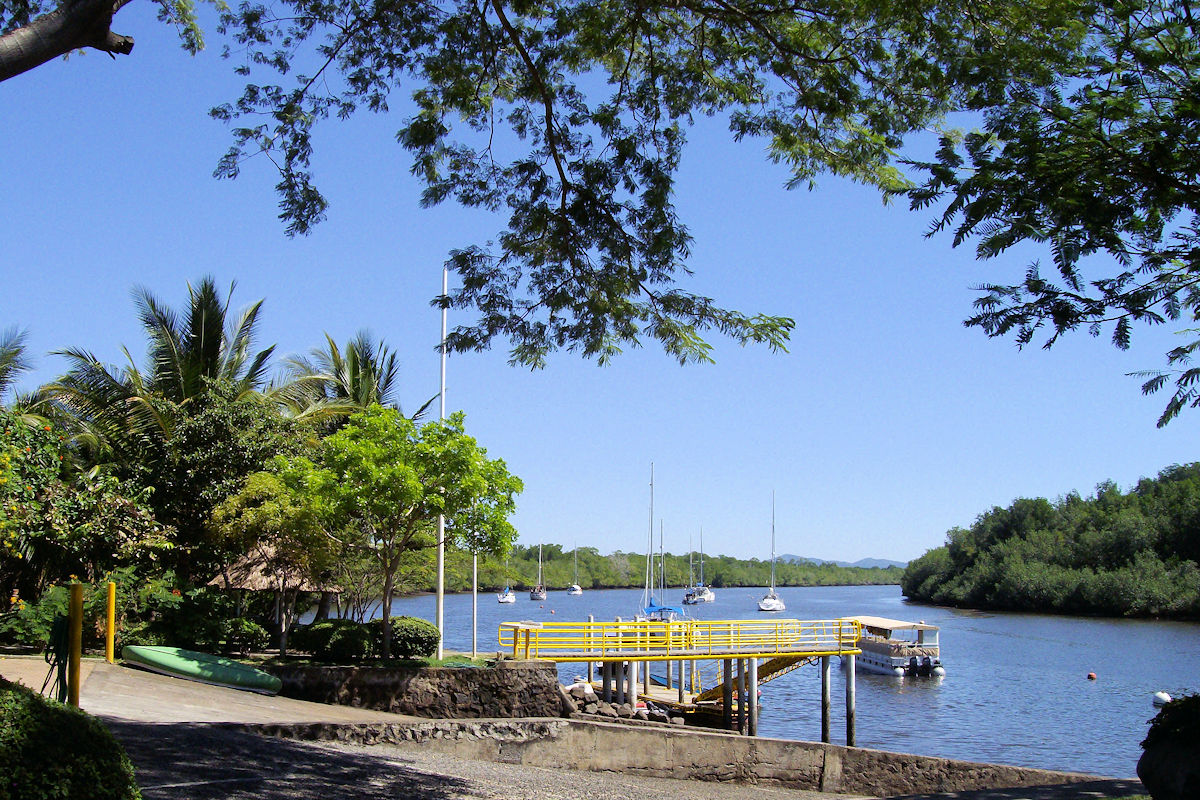
In turn, it is the area where the Rio Grande of San Miguel and the Lempa River meet to flow into the Pacific Ocean end. Its canals, canyons, beaches, and islands are part of its attraction.
The most important of a group of 27 islands are San Sebastian, Espiritu Santo, and Mendez Islands. Names have changed throughout the history of the region and date back several centuries.
In this sense, the Bay of Jiquilisco was originally called Xirihualtique, which means “Bay of Stars.” It was named after its first inhabitants, the Potón ethnic group.
On the other hand, according to historical data, its discovery occurred in 1522 by Andrés Niño. After a few years, it received the name of Bahía del Espíritu Santo, which was changed when gave it to one of the islands that make up the bay.
Between 1533 and 1539, they used the part of the bay located in the municipality of Concepción Batre to construct sailing ships. Expeditions departed from there, two of which were of great importance.

In the first expedition, they found this on the coast of California. And the second expedition headed to Peru and Oceania. It was founded in 1550, making it one of the oldest cities in El Salvador. However, it was in 1874 that it obtained the title of the village and, later, in 1920, that of the city.
Climate, Flora, and Fauna in Jiquilisco Bay
Biodiversity, a pleasant climate, and abundant natural wealth characterize Jiquilisco Bay. Anyone wishing to visit the region can enjoy one of the most important natural parks in El Salvador. If you want to know why we will tell you why below.
Weather
The climate in Jiquilisco Bay is hot-tropical, typical for the area’s vegetation type. Its approximate average temperature is 27°C, with a maximum of 35°C and a minimum of 20°C.

On the other hand, it has a seasonal change that occurs in two ways, i.e., a dry and a rainy seasons. The rainy season begins at the end of May and ends in mid-October.
However, during July, a canicular period with very high temperatures begins. Rainfall during this season varies between 1,600 mm and 2,019 mm, depending on the month. The rest of the year consists of a dry season with temperatures above 30°C a few weeks before the rains begin.
Flora
Due to the climatic conditions, Jiquilisco Bay comprises an esplanade, massif, and canals surrounded by vegetation typical of a warm subtropical rainforest. As it covers six municipalities, much of its extension contains mangroves, which have served to be included in the Ramsar group of wetlands in El Salvador.
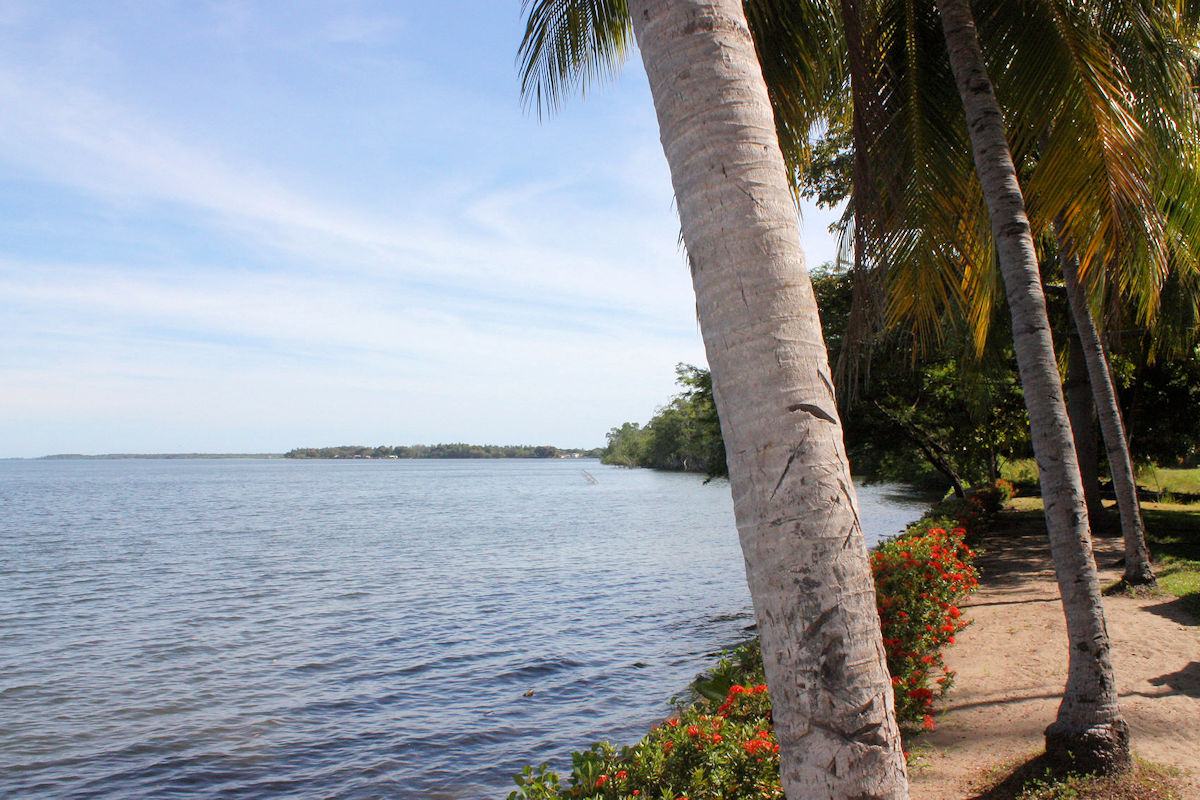
In addition, depending on the municipal area in which it is, you can see dense closed forests, coconut groves, and land for agricultural production. The latter are planted with fruit, grains, and other crops.
Fauna
Thanks to its 55 km of extension, Jiquilisco Bay is the wealthiest area in fauna in all of El Salvador. On average, there are more than 54 different types of birds, not to mention mammals, reptiles, and amphibians, in the area—all native species.
However, this bay also opens its doors to migratory species such as herons, American skimmers, and peregrine falcons. Some of its virgin islands are used for sea turtles to lay their eggs; examples of this are the hawksbill and olive ridley turtles.
But it is also the habitat of animals such as deer, tepezcuintle, and caiman: the Central American spider monkey and two kinds of skunks. Now, the list is much longer if we talk about the 100% aquatic species.
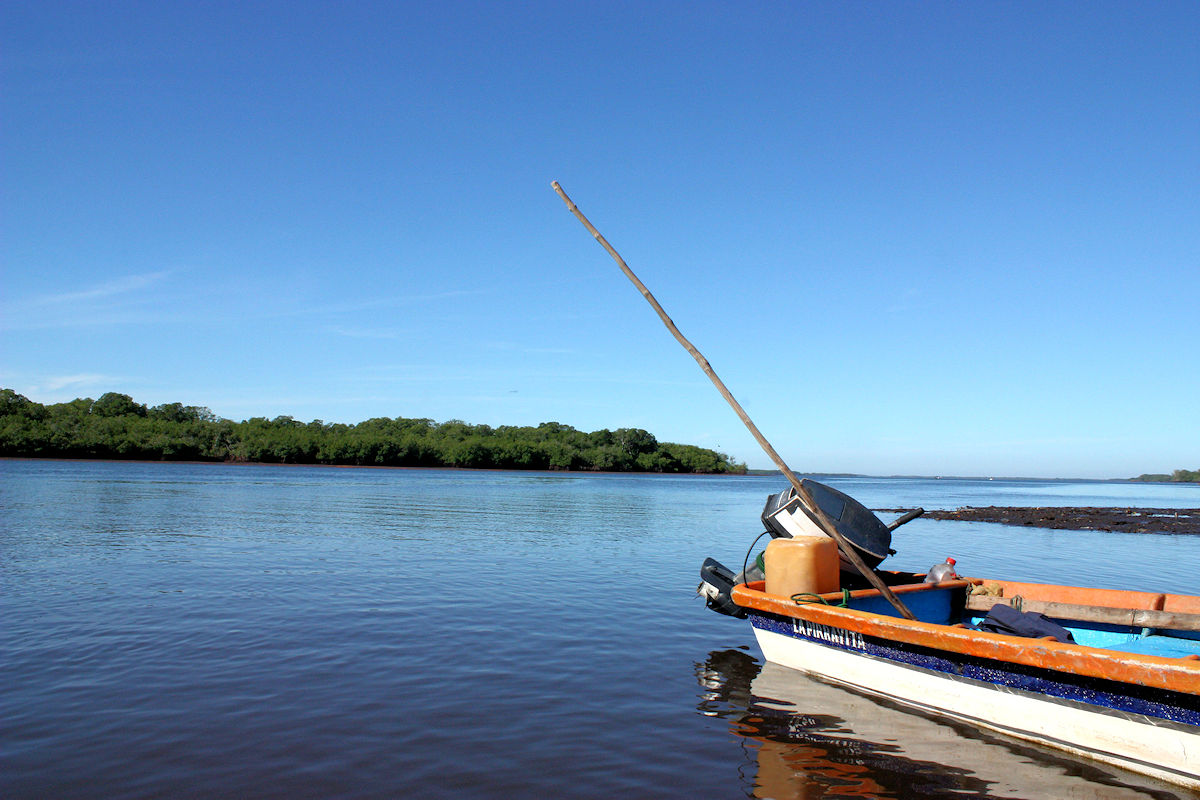
We are talking about 23 types of fish:
- The common catfish, pompano, snapper, and snook
- Three kinds of sharks, seven types of crustaceans
- Eight styles of mollusks
Know all plant and animal life during your visit. But to do it safely, you must follow some recommendations.
- Wear comfortable and loose clothing. Depending on the season, the temperature can be very high.
- Do not forget to wear sunglasses, a hat or a cap.
- Use sunscreen to protect your skin from UV rays.
- For the walks, take plenty of water since the route varies in time depending on the areas you want to visit.
- Avoid swimming in waters inhabited by alligators and crocodiles.
- Follow the recommendations of the boatman or the guide you have hired.
Nearby places to visit
Finally, if you want to make your visit to Jiquilisco Bay more unforgettable, then be sure to include in the tour a walk along the lower part of the Lempa River. Cross to the beaches of Mendez Island or pass by San Dionisio Turtle Island, swim in the waters of the Aguacayo River, and take pictures of your entire tour.
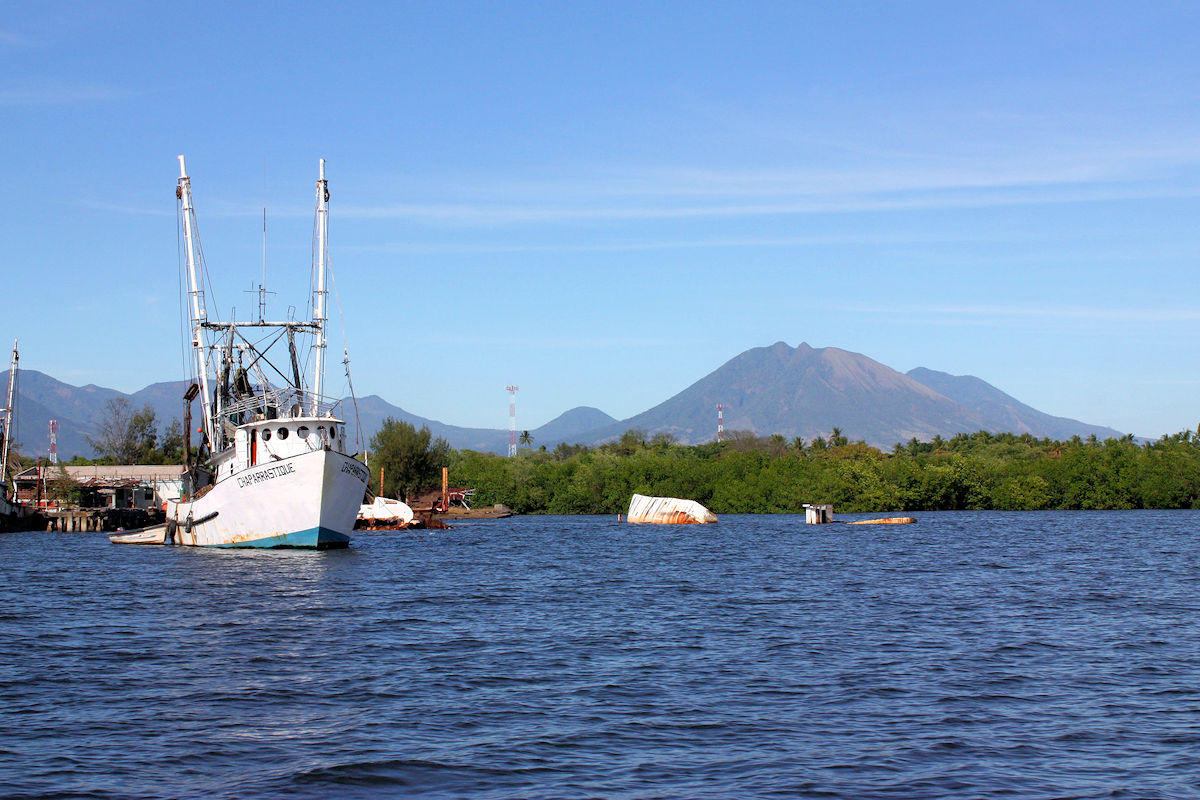
Undoubtedly, you will want to stay a few more days to get to know every corner of this beautiful tourist area. But don’t worry, you can come back whenever you want and repeat the experience.
